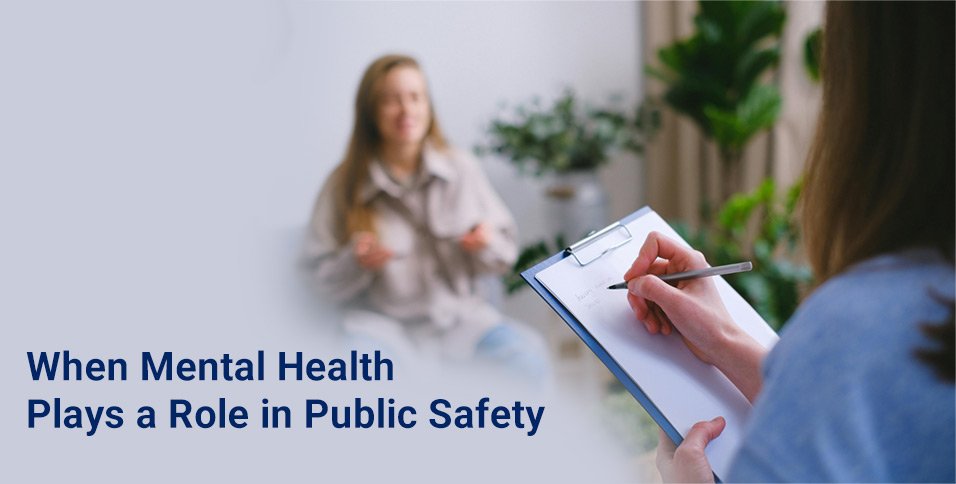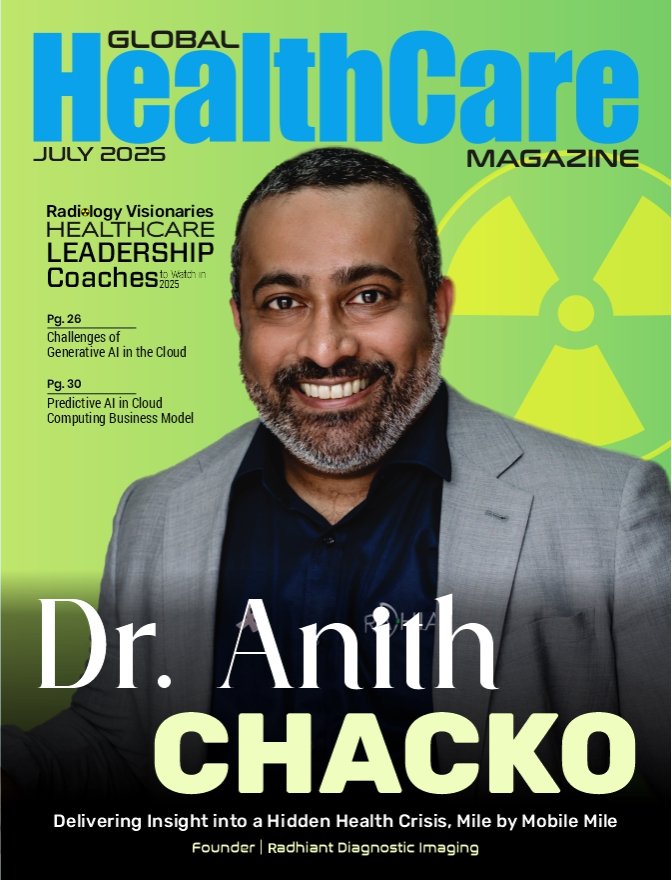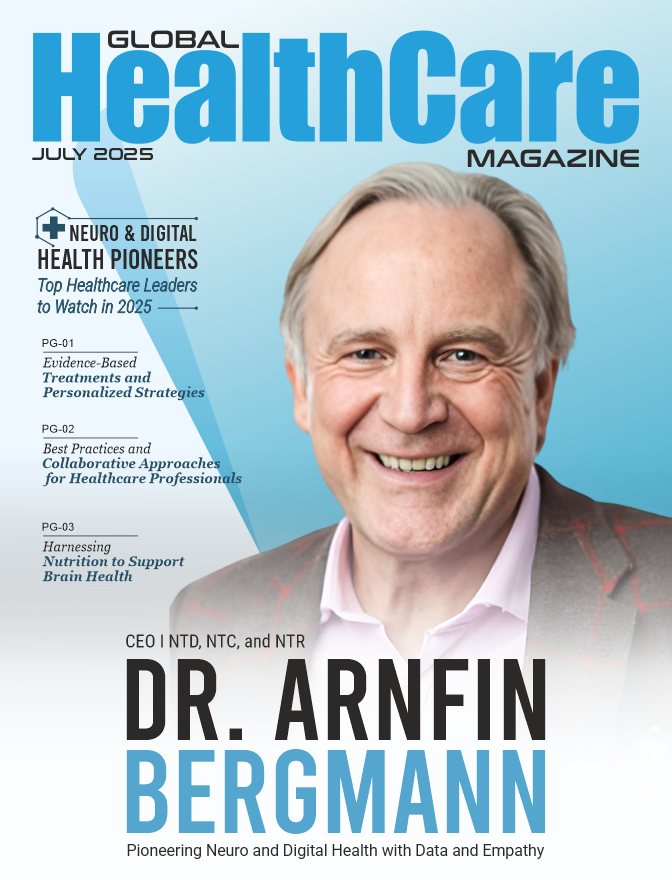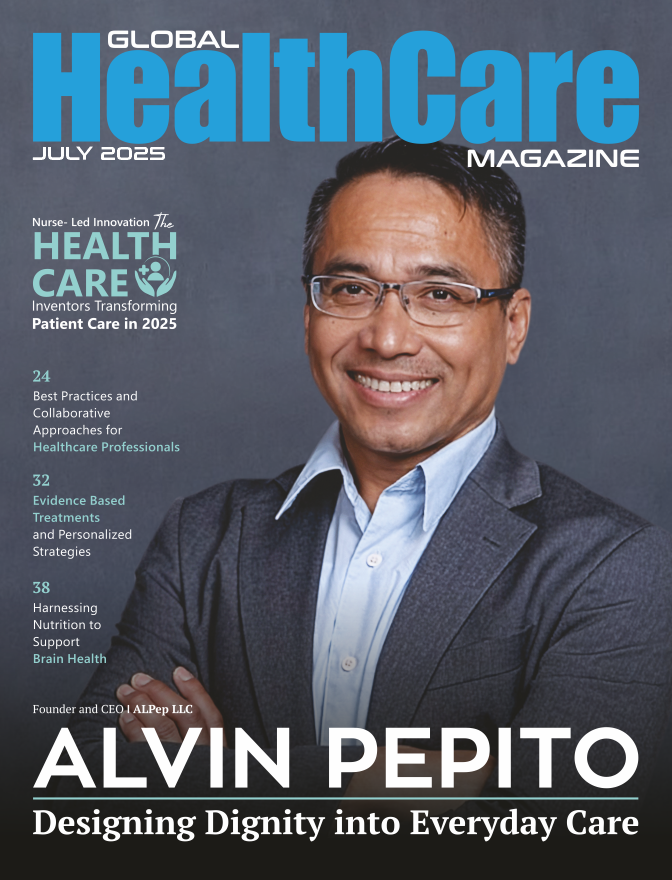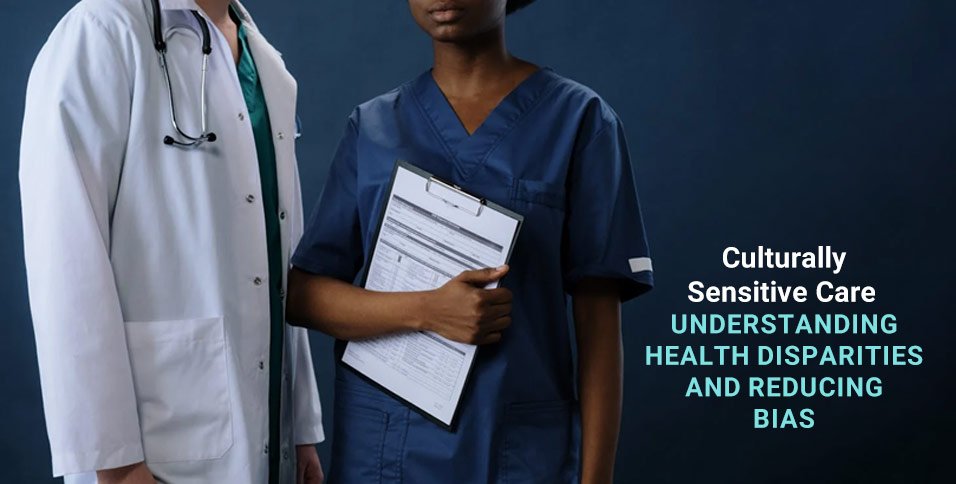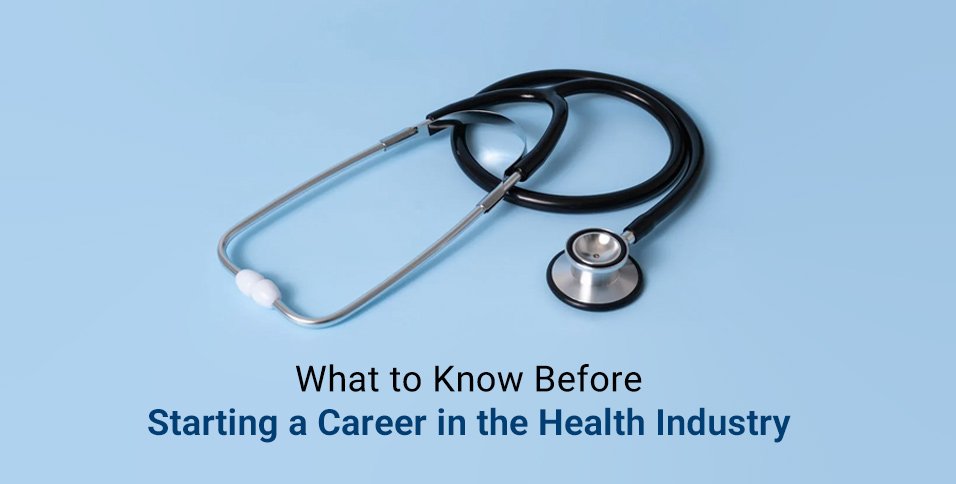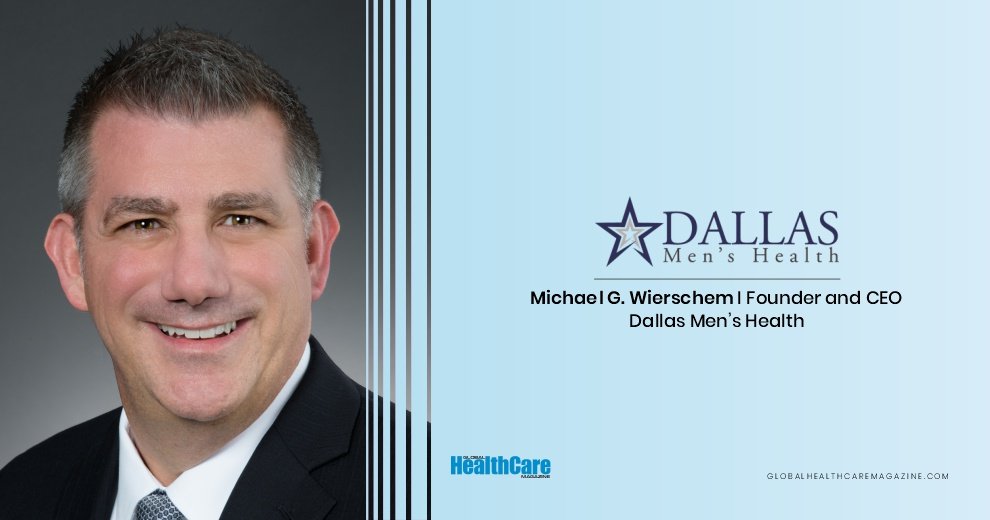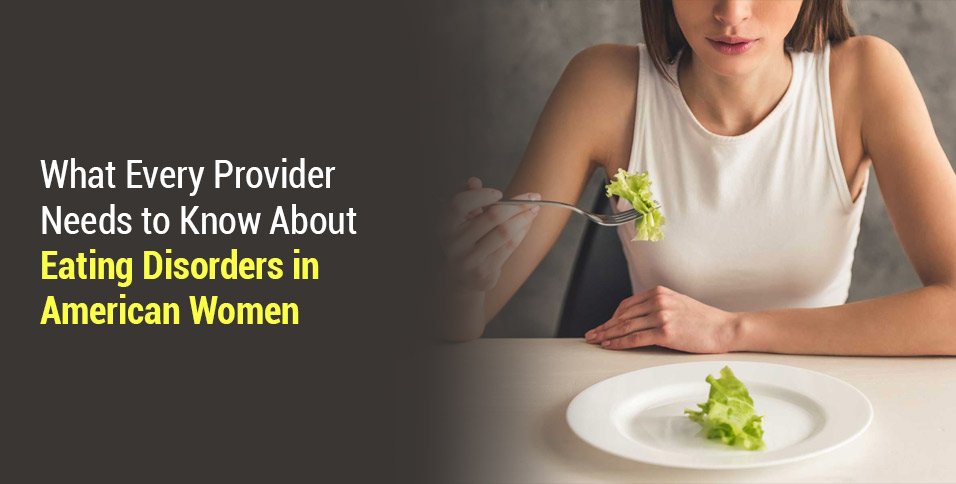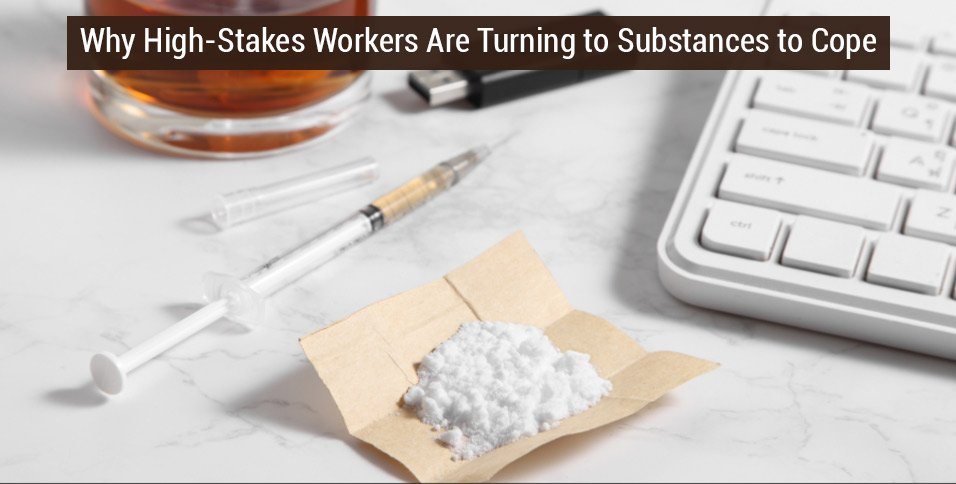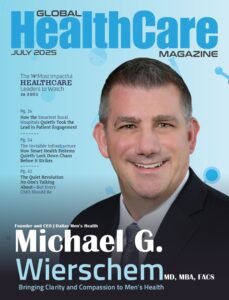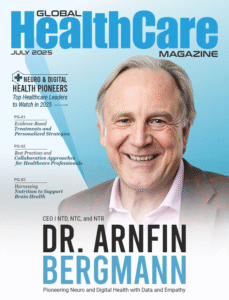Ever found yourself watching the news and wondering, “How did no one see this coming?” A violent outburst. A public safety scare. A tragic standoff that leaves a community shaken. The first questions people ask usually point to mental health. Could it have been prevented? Did anyone notice the warning signs?
Public safety and mental health have never lived in separate worlds. But today, they collide in ways we can’t ignore. Schools have counselors, but that doesn’t stop lockdown drills. Cities have shelters, yet emergency rooms still see waves of untreated psychiatric crises. The public wants safety. Mental health professionals want support. Policymakers want solutions that won’t blow up a budget.
In this blog, we will share how mental health intersects with public safety, what needs to change, and how professionals trained at the highest levels are already stepping into these roles.
The Conversation We Can’t Keep Skipping
Some people still think public safety is all flashing lights and crime tape. But what happens long before the sirens? What about the teen who hasn’t spoken in days, the man pacing the sidewalk talking to someone who isn’t there, or the woman arrested for trespassing when all she needed was a safe place to sleep?
These stories aren’t rare. They’re every city, every day. According to the Treatment Advocacy Center, people with untreated mental illness are 16 times more likely to be killed during a police encounter. That’s not a stat you shrug off. It’s a red flag waving in front of everyone.
Enter the professionals trained to understand both minds and laws. That’s where forensic psychology psyd programs come in. These advanced degrees prepare people to work at the tricky intersection of human behavior and public systems. Students don’t just read case studies. They work with them—in courts, hospitals, correctional settings, and more.
Beyond the Crisis Call
So what does it look like when mental health professionals are integrated into public safety systems? Picture this: instead of police officers responding alone to a mental health crisis, they’re joined by a clinician trained to de-escalate, assess, and plan next steps. That approach is called co-responder programming, and cities like Denver and Portland are already seeing success with it.
Public health departments are stepping up, too. They’re offering preventive services instead of just damage control. Crisis hotlines have evolved into mental health “warmlines” staffed by trained peers and counselors. Mobile units are rolling out with therapists instead of badges. These shifts don’t replace police. They change the tone of response.
Of course, it’s not all smooth sailing. There’s tension between agencies. Funding gets tight. But ignoring the mental health component just delays the problem—and sometimes makes it worse. The people most likely to slip through the cracks are often the ones in greatest need of help.
The Courtroom is Not a Clinic
Another major space where this issue plays out is in court. Judges aren’t therapists. Yet they’re being asked to make decisions about mental competence, rehabilitation potential, and behavioral risk. Without psychological insight, the legal system fumbles.
That’s where trained forensic psychologists step in. They evaluate defendants. They help determine whether someone should be hospitalized or jailed. They assess risk for reoffending and offer treatment recommendations. It’s not about sympathy—it’s about strategy. Giving courts the right tools makes outcomes more effective and fair.
Mental health courts are growing, too. These courts are designed to reduce recidivism by linking people to treatment instead of punishment. Early results show promise: reduced jail time, lower costs, and fewer repeat offenses. It’s a shift from reactive to proactive.
Training Isn’t Optional Anymore
Why does all of this matter to everyday people? Because public safety isn’t just what happens during a headline. It’s also about what doesn’t happen. When mental health systems work, the crises we fear are fewer. The streets are calmer. Families feel safer. Emergency services aren’t stretched to breaking.
But that kind of stability doesn’t appear overnight. It comes from investment—in training, in infrastructure, and in people. The next generation of forensic psychologists is part of that investment. They’re not only doing clinical work but also helping redesign how systems respond. They’re building bridges between care and control.
And let’s be honest: ignoring the mental health piece isn’t cheaper. Emergency interventions cost more. Court backlogs grow. Jails become revolving doors. Prevention and intervention, guided by people who understand both psychology and law, save more than just dollars—they save lives.
The Role of Culture and Stigma
Still, no conversation about mental health is complete without talking about stigma. Even in 2025, people whisper about therapy. They avoid diagnosis like it’s a curse. That silence can be dangerous. Especially when it keeps people from getting help before things spiral.
That’s another reason forensic psychologists matter. They speak both languages—mental health and law—and can advocate in places where stigma still rules. They educate judges. They train officers. They testify in court not to excuse, but to explain. That’s a quiet kind of power, but it shifts outcomes in lasting ways.
Looking Ahead: Systemic Change or Status Quo?
The question now isn’t whether mental health matters in public safety. It’s what we’re going to do about it. Will we keep treating symptoms after they explode? Or will we start building systems that prevent the worst from happening in the first place?
Schools, courts, hospitals, and first responders all touch mental health in some way. The more connected these touchpoints are, the better the outcome. But connection requires effort. It requires trained professionals in the right places. And it requires the public to stop seeing mental health as “someone else’s problem.”
All in all, public safety doesn’t begin with arrests. It starts with listening. It grows with compassion. And it lasts when systems are built on more than just alarms and protocols.
Mental health isn’t the side dish in the public safety conversation. It’s the main course. Whether it’s handled with care or left to chance affects every one of us—at school drop-offs, in office buildings, and walking home at night.
The sooner we recognize that truth, the better off our communities will be.
Also Read: What Are the 7 Stages of Grief? Backed by Research

